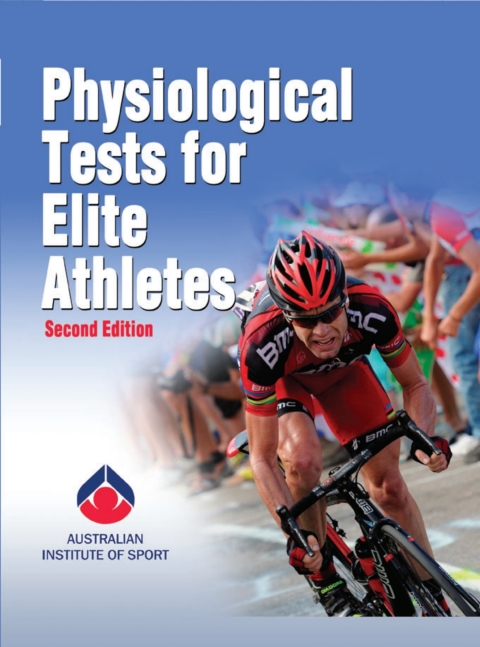Description
Efnisyfirlit
- Title Page
- Copyright Page
- Contents
- Contributors
- Preface
- Acknowledgments
- Introduction
- Part I: Laboratory and Athlete Preparation
- Chapter 1: Quality Assurance in Exercise Physiology Laboratories
- Chapter 2: Pretest Environment and Athlete Preparation
- Chapter 3: Data Collection and Analysis
- Part II: Testing Concepts and Athlete Monitoring
- Chapter 4:Ergometer-Based Maximal Neuromuscular Power
- Chapter 5: Anaerobic Capacity
- Chapter 6: Blood Lactate Thresholds: Concepts and Applications
- Chapter 7: Determination of Maximal Oxygen Consumption (VO₂max)
- Chapter 8: Altitude Training
- Chapter 9: Heat
- Chapter 10: Physiological Recovery
- Part III: Fundamental Assessment Principles and Protocols
- Chapter 11: Assessment of Physique
- Chapter 12: Testing and Training Agility
- Chapter 13: Strength and Power Assessment Protocols
- Chapter 14: Field Testing Principles and Protocols
- Chapter 15: Perceptual–Cognitive and Perceptual–Motor Contributions to Elite Performance
- Part IV: Physiological Protocols for the Assessment of Athletes in Specific Sports
- Chapter 16: Australian Football Players
- Chapter 17: Basketball Players
- Chapter 18: Cricket Players
- Chapter 19: High-Performance Cyclists
- Chapter 20: Football (Soccer) Players
- Chapter 21: Hockey Players
- Chapter 22: Netball Players
- Chapter 23: Rowers
- Chapter 24: Rugby League Players
- Chapter 25: Rugby Union Players
- Chapter 26: Runners and Walkers
- Chapter 27: Sailors
- Chapter 28: Sprint Kayak Athletes
- Chapter 29: Swimmers
- Chapter 30: Tennis Players
- Chapter 31: Triathletes
- Chapter 32: Indoor and Beach Volleyball Players
- Chapter 33: Water Polo Players
- Appendix
- Index
- About the Editors







Reviews
There are no reviews yet.